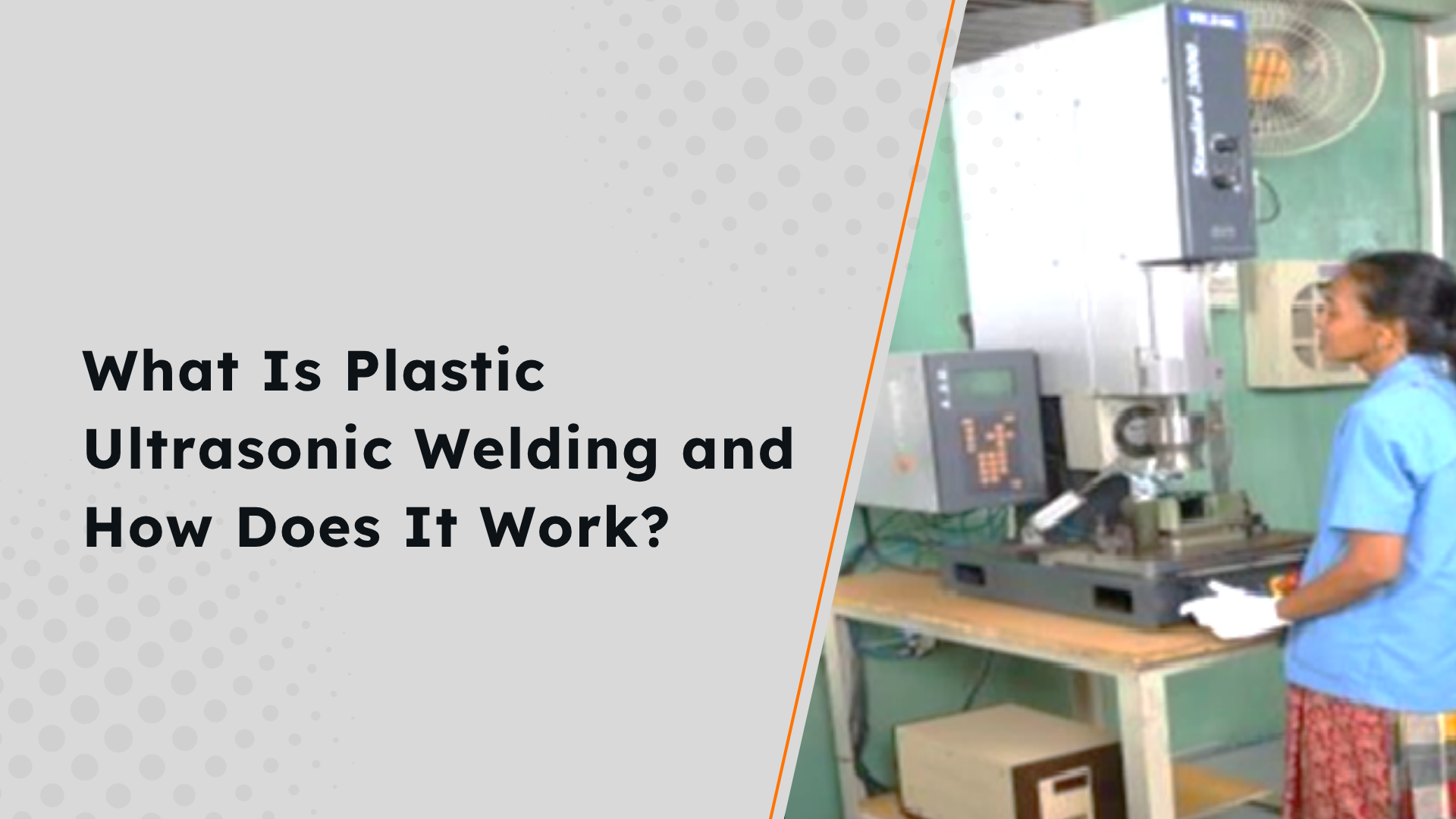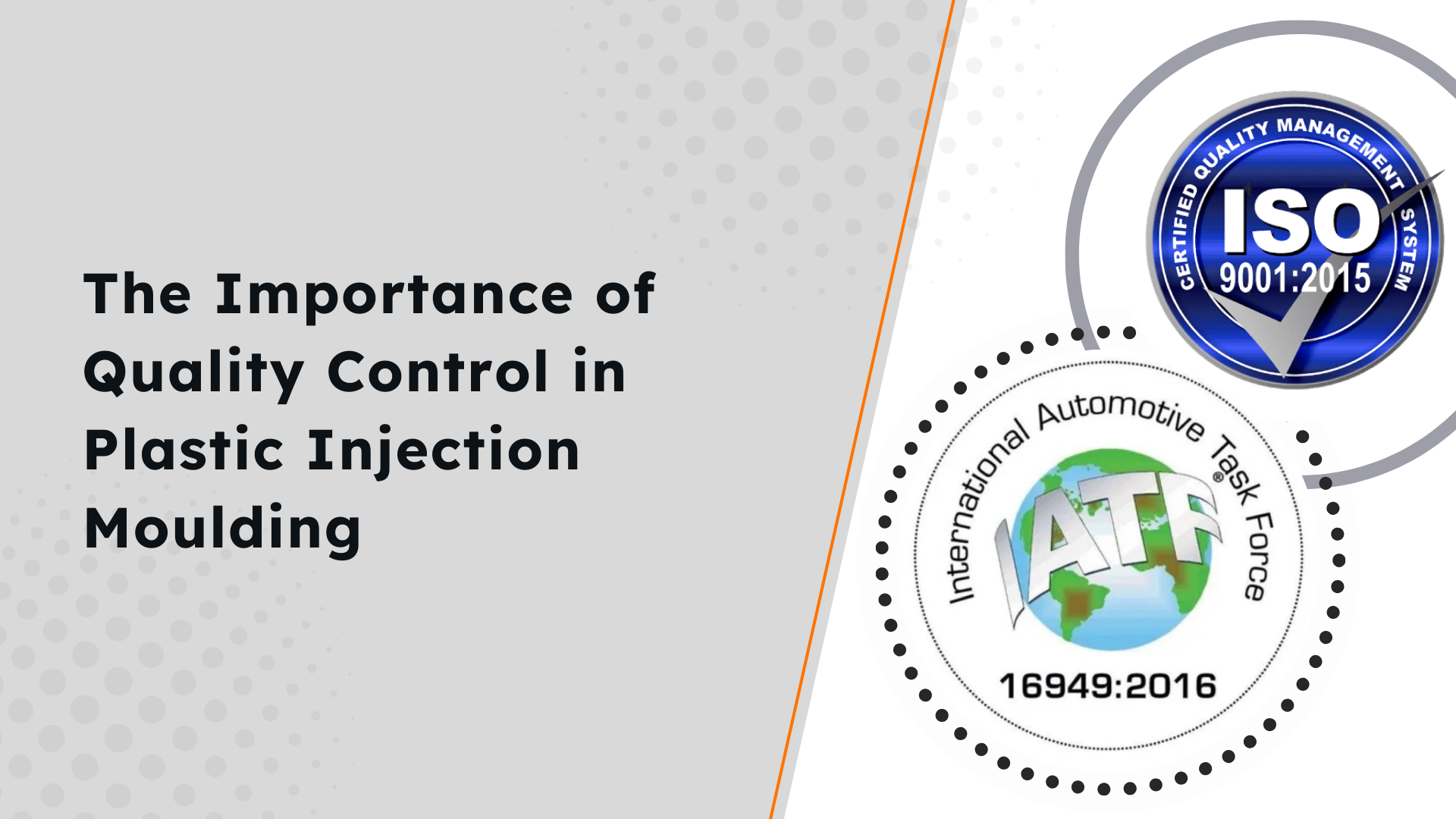
Plastic ultrasonic welding is one of the modern methods of joining components in the manufacturing industry. Being a very fast method, it is preferred by many for making precise weldings of plastic components without glues or fasteners. But what exactly is ultrasonic plastic welding, and how exactly does it do its job? Let's have a look.
What is Ultrasonic Plastic Welding?
Ultrasonic plastic welding uses high-frequency ultrasonic vibrations to join two thermoplastics. These vibrations produce local heat at the joining surface so that the plastic melts and, after cooling, securely welds together.
In this method, thermoplastics such as ABS, polypropylene, and polycarbonate are joined with utmost precision on clean surfaces. It is much faster, more reliable, and cost-efficient than conventional bonding processes. At Roots Polycraft, ultrasonic welding is a core process in delivering high-quality plastic components for a wide range of industries.
How Ultrasonic Plastic Welding Works
The ultrasonic welding for plastic parts consists of several key steps:
Clamping: Both plastic parts are pressed against one another.
Vibration: High-frequency ultrasonic waves (usually 20–40 kHz) are transmitted by means of the sonotrode.
Frictional Heat: Vibrations at the interface of the plastic parts cause frictional heat, which melts the materials.
Bonding: Once vibrations cease and pressure is maintained, bonding takes place with the molten thermoplastic solidifying into a strong bond.
This feature makes ultrasonic welding for plastics especially suitable for durable and repeatable joints with little degradation of the material.
Advantages of Ultrasonic Welding for Plastic Parts
Fast Cycle Times: Creation of joints may be done within seconds.
Strong, Clean Bonds: Produces airtight and watertight seals without filler material.
Energy Efficient: Consumes less energy than other thermoplastic welding techniques.
Automatable: Can easily be integrated into an automated production line.
Applications of Plastic Ultrasonic Welding
Ultrasonic welding for plastic parts is used across diverse industries:
Medical Devices: Syringes, filters, IV catheters
Electronics: Housings, circuit boards, sensors
Automotive: Instrument panels, fluid reservoirs
Consumer Goods: Toys, packaging, household appliances
FAQs about Ultrasonic Welding Plastics
What are the materials compatible with plastic ultrasonic welding?
The majority of thermoplastic welding processes involve materials such as ABS, PVC, acrylic, nylon, and polycarbonate. The plastics should have matching melting points in order to achieve effective bonding.
Is ultrasonic welding more effective than adhesive bonding?
Yes. Ultrasonic welding plastics tends to create stronger and more consistent bonds than adhesives, which tend to weaken over time.
Can ultrasonic welding be utilized for large plastic components?
It depends. Ultrasonic welding for plastic components is most suitable for small to medium-sized parts. For large parts, segmental welding or other joining techniques may be necessary.
Conclusion
Plastic ultrasonic welding is a highly effective and efficient joining technique, particularly suited to precision components made of thermoplastics. Understanding how ultrasonic plastic welding works and the benefits it provides can enable manufacturers to select the most dependable process for their manufacturing purposes. For applications that demand high-strength, repeatable joints, ultrasonic welding of plastic components remains a reliable option. At Roots Polycraft, we’re committed to delivering precision-moulded plastic parts that meet the highest standards of quality and performance.
Related Blogs

Plastic ultrasonic welding is one of the modern methods of...
Read More
In the current rapid manufacturing environment, speed and accuracy are...
Read More
In the current high-speed manufacturing world, companies can't afford to...
Read More
In the world of manufacturing, quality control is key—especially when...
Read More